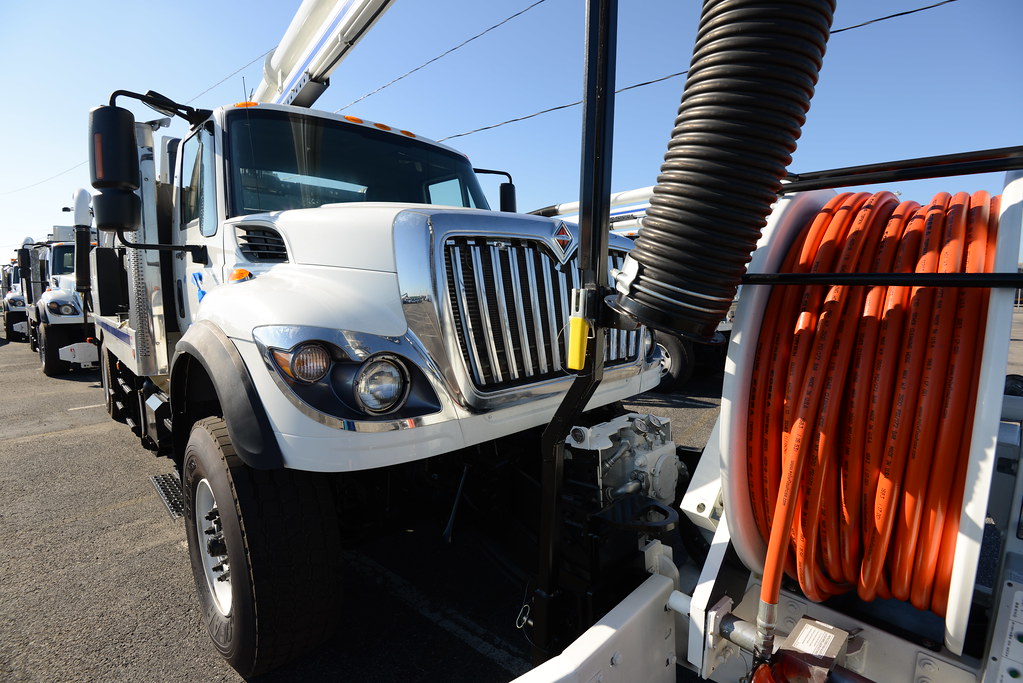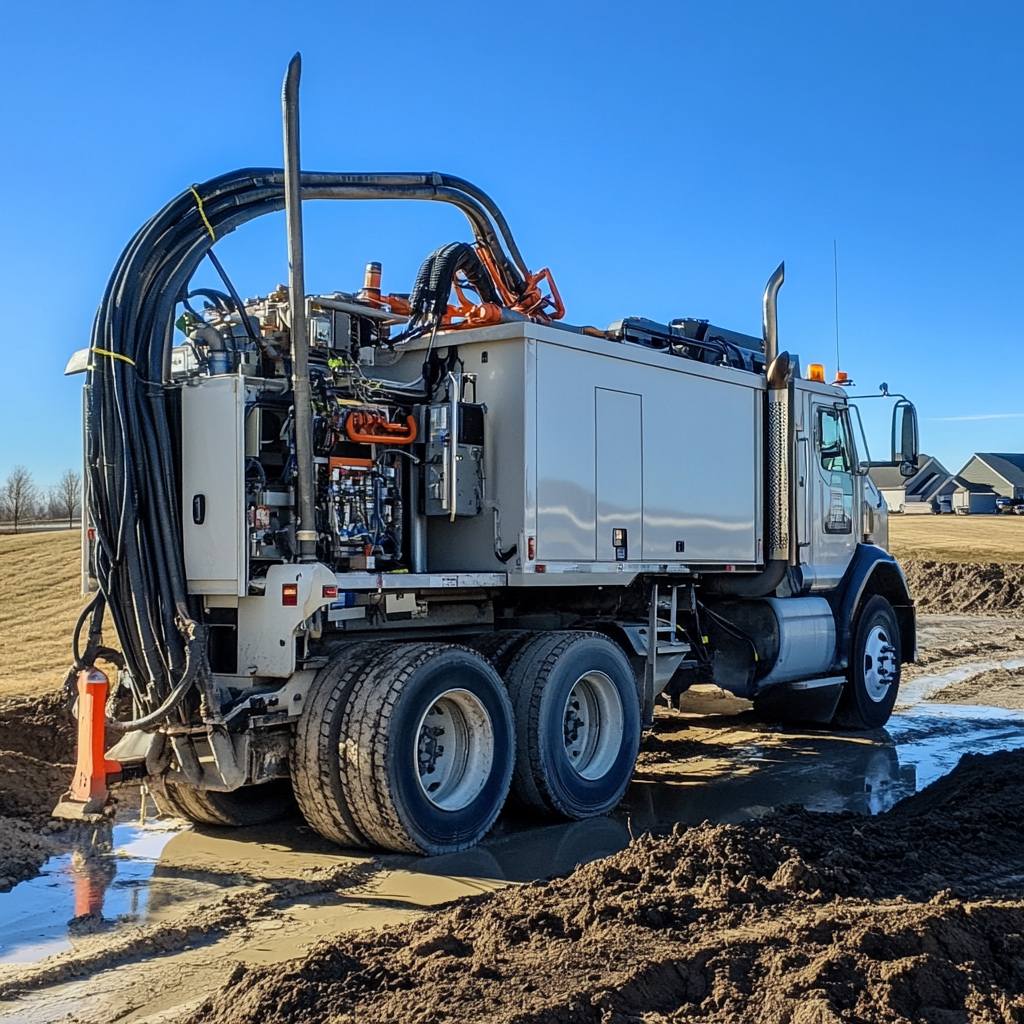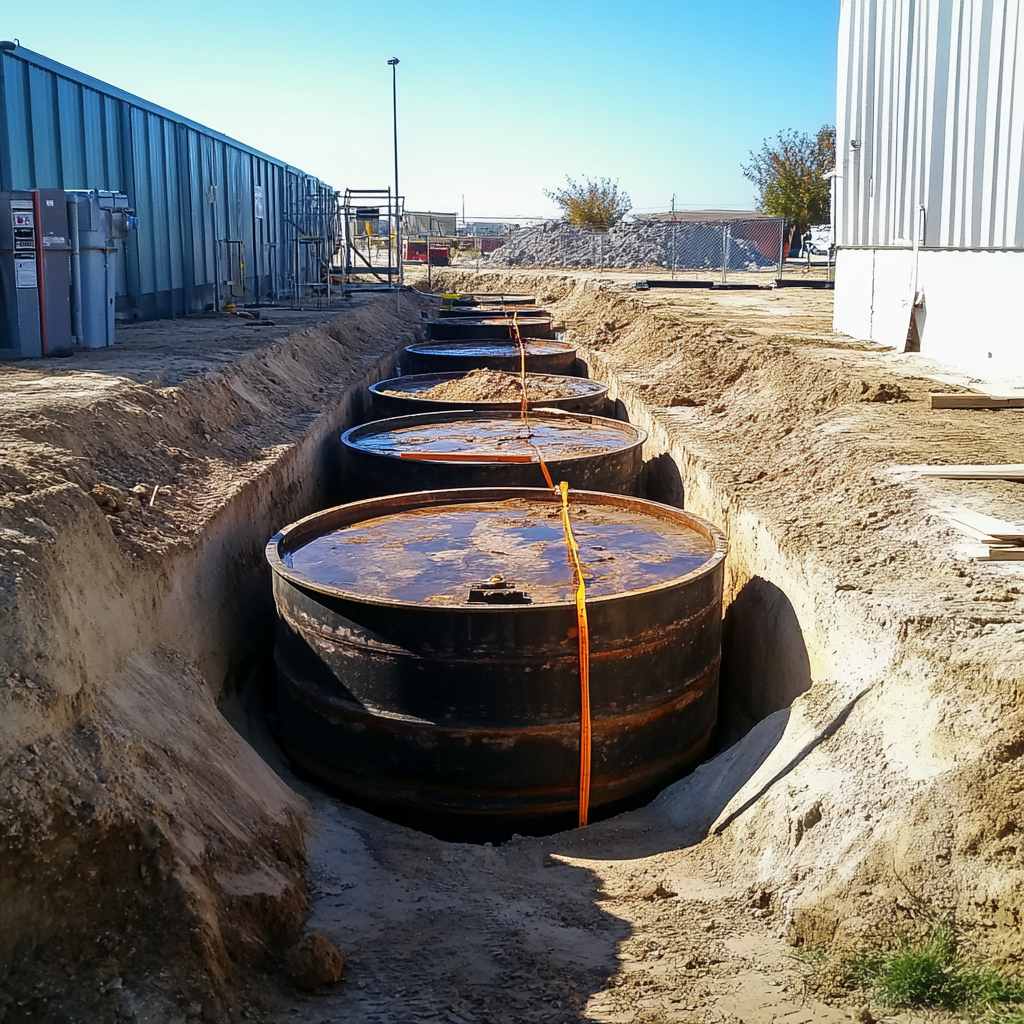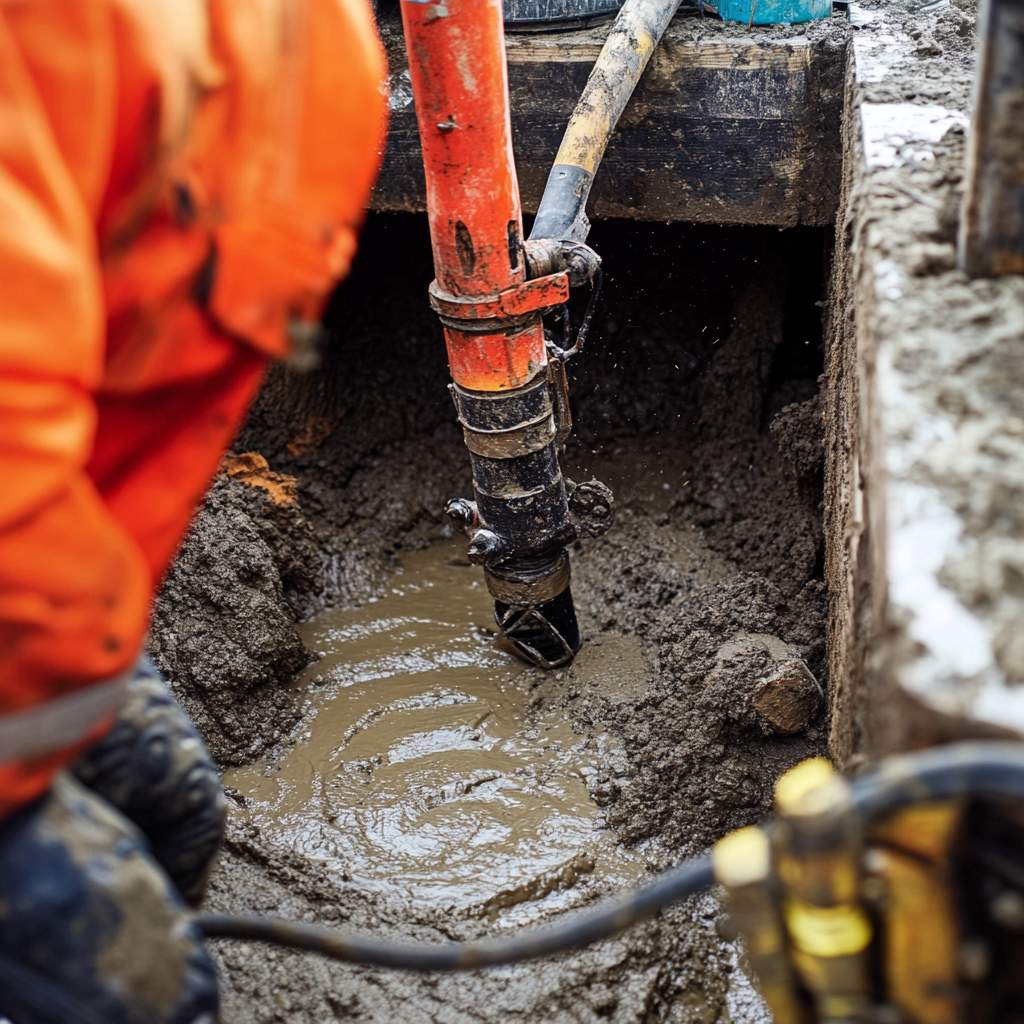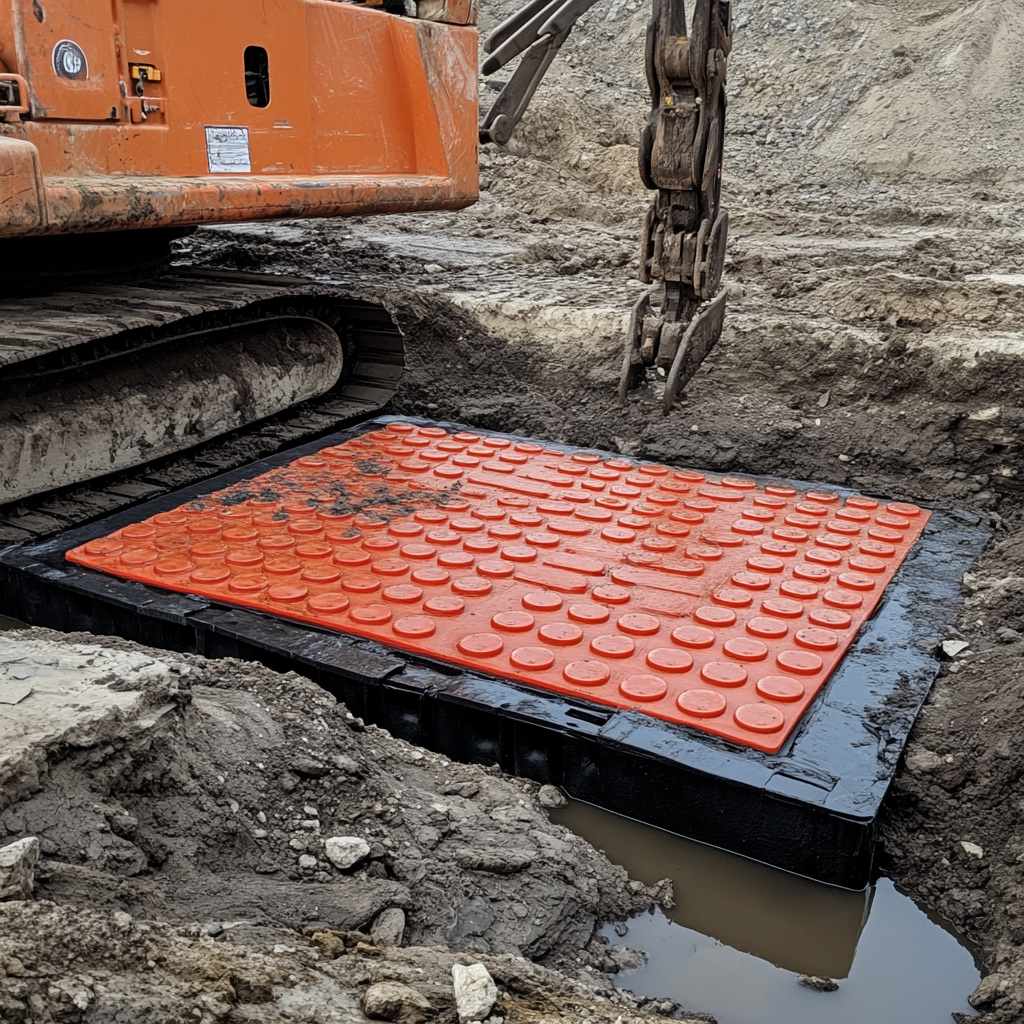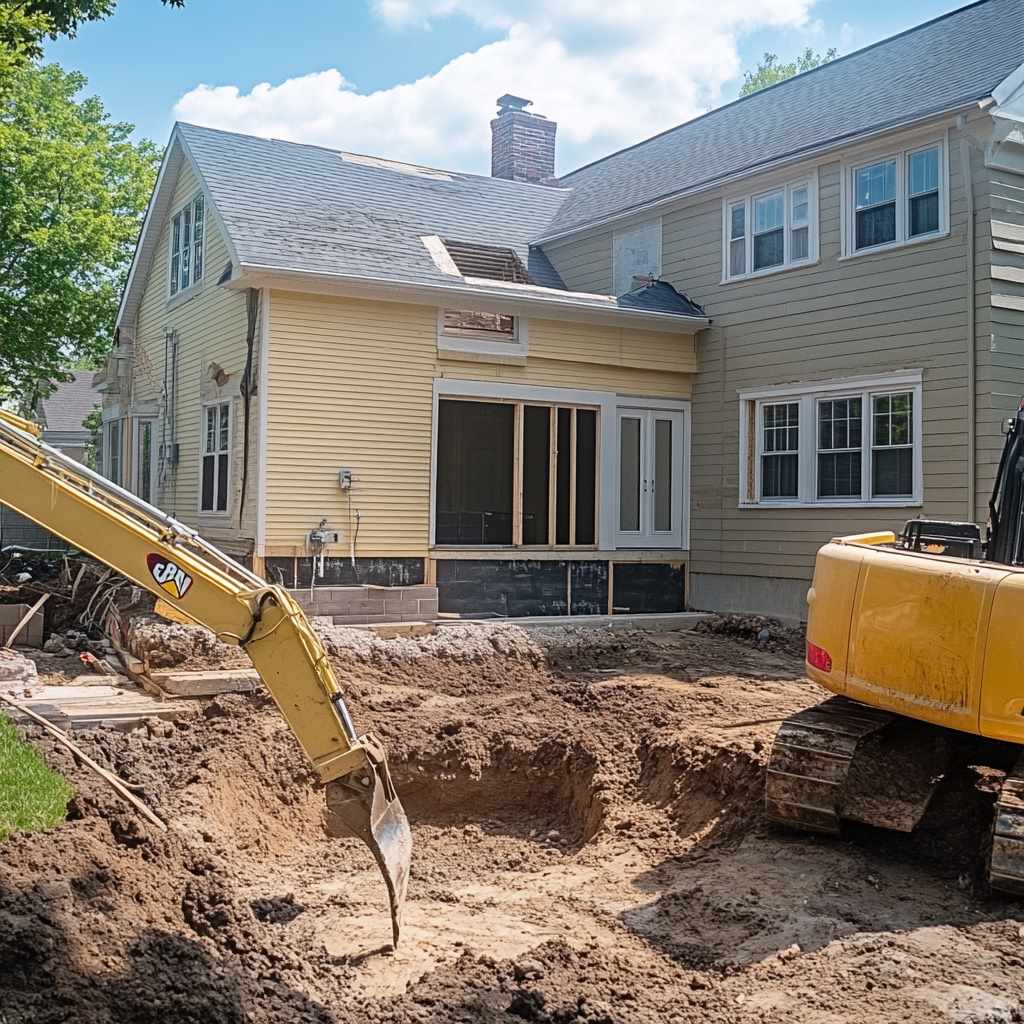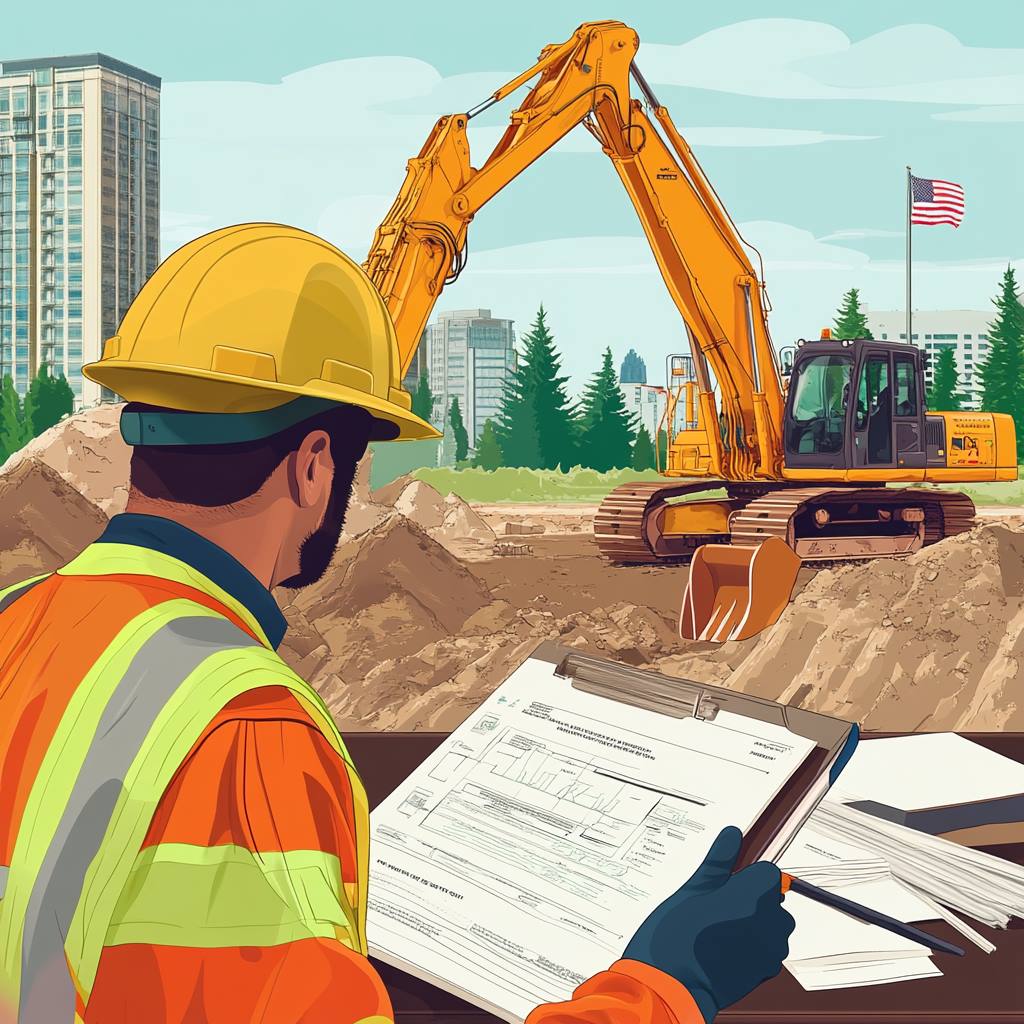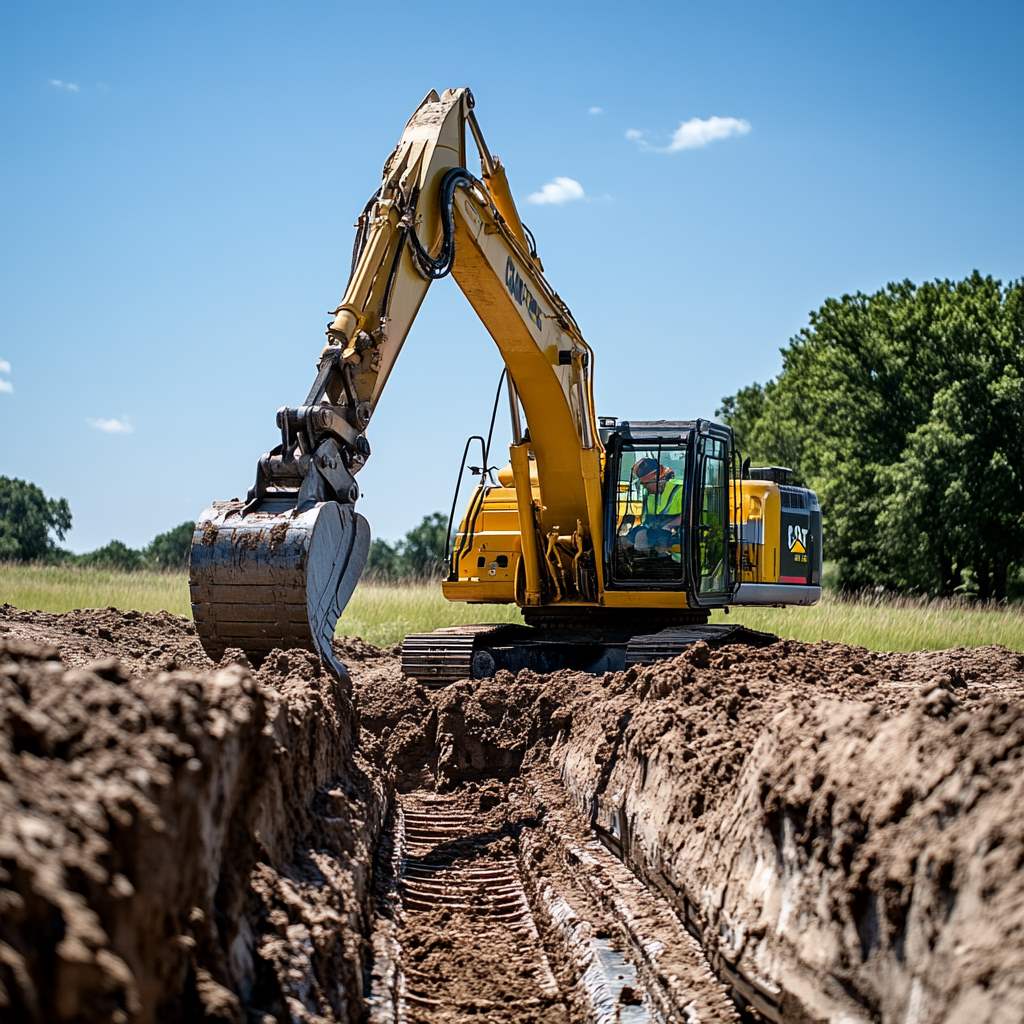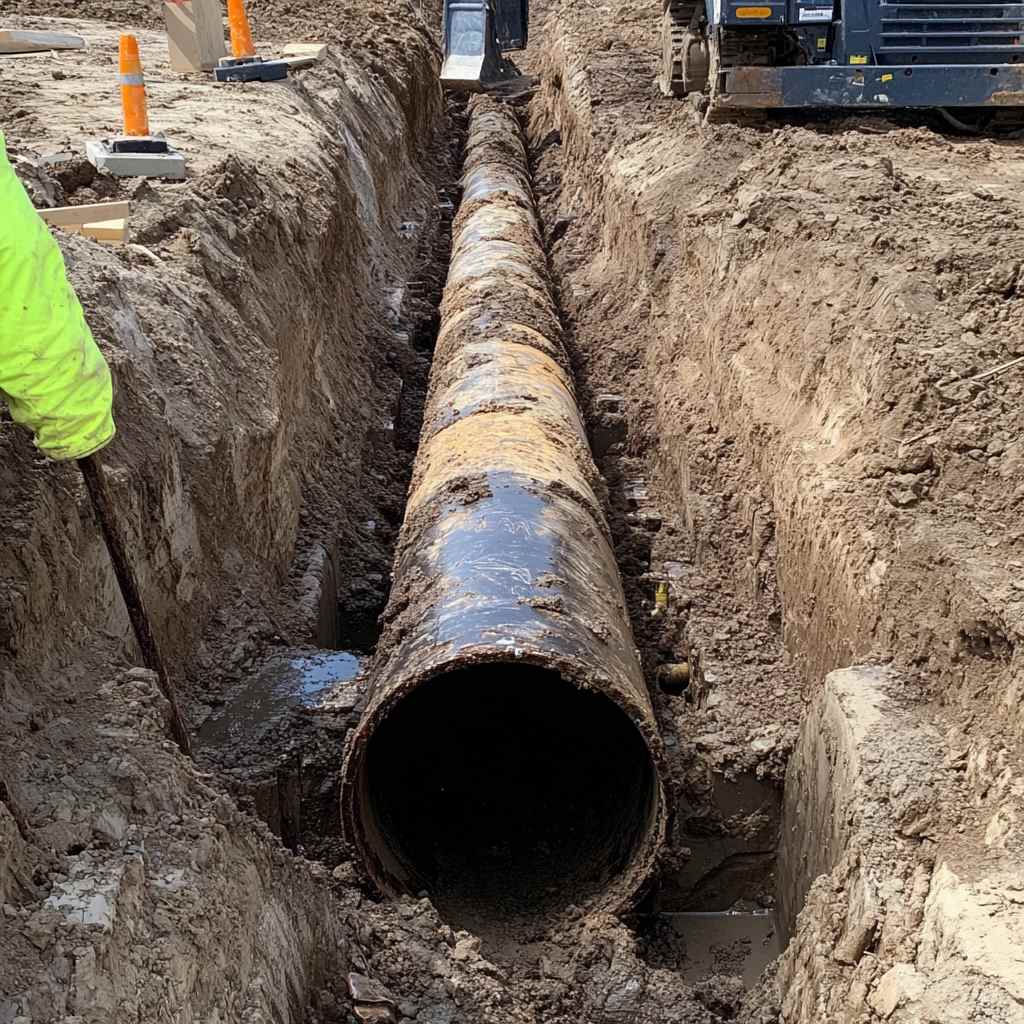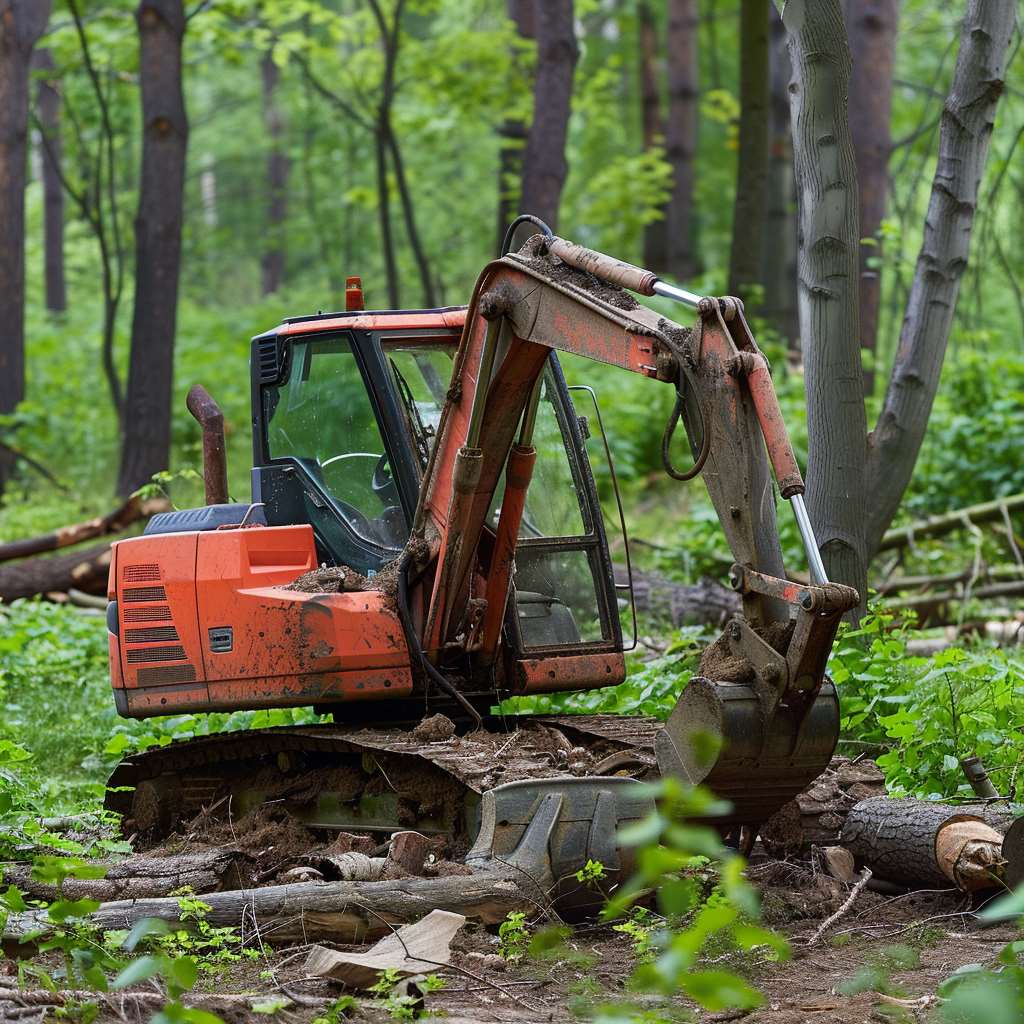Hydro excavation is one of the safest and most precise methods for digging today. By using high-pressure water and a strong vacuum system, soil can be removed without damaging nearby structures or underground utilities. In-Depth Excavation uses a variety of specialized tools to get the job done right, offering reliable and clean results across different environments. Here’s a closer look at the core equipment they rely on to keep projects smooth and efficient.
Hydro Excavation Trucks
Hydro excavation trucks are the heart of this process. These heavy-duty vehicles combine water jets and industrial vacuums to cut through soil and remove it quickly. The water breaks up the ground, while the vacuum system sucks the slurry into a secure debris tank on the truck.
Best suited for:
Exposing underground utilities without causing damage: These trucks gently uncover buried pipes, cables, and utility lines, keeping them intact and safe while work is done around them.
Slot trenching for pipe and cable installation: Perfect for digging narrow, deep trenches, allowing new utilities to be laid without over-digging or disturbing nearby areas.
Potholing to verify locations before drilling or digging: Used to create precise test holes that confirm the exact position of underground infrastructure before any larger excavation starts.
These trucks allow precise digging even in sensitive areas, making them the go-to tool for everything from city infrastructure repairs to rural utility work. Their versatility keeps excavation controlled and minimizes risk on every site.
Water Heaters
In cold climates, frozen soil can bring projects to a halt. That’s where water heaters come in. These tools heat the water used in hydro excavation, allowing it to cut through even frozen ground.
Common uses include:
Winter excavation projects for emergency utility repairs: When a water main or pipe bursts in the dead of winter, heated water lets crews reach the break fast, preventing extended service disruptions.
Maintaining year-round excavation schedules: Construction doesn’t always stop for the season, and heated water ensures digging can continue through frost and snow.
Working in regions with deep frost layers: Some areas have persistent frost that sits deep below the surface, and water heaters help power through these frozen barriers effectively.
By keeping the water at the right temperature, water heaters make hydro excavation a practical option no matter the season. This ensures that critical projects aren’t delayed just because of freezing conditions.
Debris Tanks
Debris tanks are key to keeping the job site clean and efficient. As the vacuum sucks up loosened soil and debris, everything is stored in these tanks. They come in different sizes depending on the scale of the project.
Most useful for:
Storing large amounts of slurry and soil from big dig sites: This helps reduce interruptions by allowing continuous excavation before needing to empty the tank.
Reducing downtime by holding more debris between disposal trips: Fewer stops mean crews can stay focused on digging rather than transporting waste back and forth.
Helping maintain a clean, safe work zone: By immediately capturing debris, these tanks prevent messy, hazardous buildup on the job site.
Bigger tanks mean fewer trips to offload material, which saves both time and fuel. For large-scale jobs, this adds up to major efficiency gains.
Hydro Excavation Wand
The hydro excavation wand is a handheld tool that offers pinpoint control over the digging process. Operators use the wand to direct high-pressure water exactly where it’s needed, making it a perfect fit for delicate or tight-space excavation.
Ideal for:
Digging around tree roots or plantings without damage: The wand allows precision excavation to remove soil while keeping roots and plant life intact.
Working in small or confined spaces where trucks can’t reach: For jobs like basement waterproofing or interior pipe repairs, the wand provides maneuverability without needing large equipment.
Detail work near fragile underground utilities: The wand lets operators carefully expose pipes or wires without the risk of striking them with heavy machinery.
The wand gives operators maximum control over both water pressure and direction, making it an essential tool for any project that demands accuracy over brute force.
Rumble Plates and Mats
Rumble plates and mats protect the ground and surrounding surfaces during excavation. These sturdy panels distribute the weight of heavy equipment to reduce impact on the job site, preventing unnecessary damage to roads, lawns, or delicate landscapes.
Most often used for:
Protecting paved surfaces from cracks and dents: These mats keep sidewalks, driveways, and streets from being damaged by the weight of excavation trucks and machinery.
Minimizing soil compaction in landscaped areas: By spreading out the load, rumble plates help preserve the health of soil and plant roots under pressure.
Maintaining access routes in muddy or unstable ground: Mats create a stable surface so equipment can move safely without getting stuck or tearing up the ground.
They’re a small but important part of a professional excavation setup, especially in urban or high-traffic areas where protecting existing infrastructure matters.
Hydro excavation tools, from large trucks to precision wands, are built to handle a wide range of tasks safely and efficiently. Each piece of equipment plays a critical role in making sure the job is completed cleanly and without unnecessary disruption to the site. But even the best tools are only as good as the people using them.
Hydro excavation requires a deep understanding of soil types, environmental factors, and safety procedures. In-Depth Excavation’s team brings both experience and training to every job. They know how to adapt their techniques to suit any condition, whether it’s frozen ground, fragile underground utilities, or tight urban spaces.
Need expert help on your next excavation project? Contact In-Depth Excavation today for a free consultation and see how their skilled team and top-tier equipment can keep your job running smoothly from start to finish.
Frequently Asked Questions About Hydro Excavation Tools
Hydro excavation is a non-destructive digging method that uses high-pressure water and an air vacuum for soil removal. Unlike traditional methods, it allows for precise excavation with minimal risk to underground utilities and less environmental disruption.
Absolutely. Hydro excavation is ideal for residential areas, especially for projects like installing underground utilities, landscaping, and repairing sewer lines. Its precision minimizes damage to surrounding areas, making it a safe choice for densely populated or environmentally sensitive zones.
Hydro excavation can be effectively performed in freezing conditions using water heaters. These heaters warm the water, enabling it to cut through frozen soil. This feature makes hydro excavation a year-round solution for excavation needs, regardless of the climate.
Safety is a top priority in hydro excavation. The process itself is inherently safer than traditional methods due to its precision. Additionally, our operators are extensively trained and follow strict safety protocols, including site assessments, equipment checks, and adherence to local regulations to ensure the safety of both the crew and the surrounding area.
Scheduling our services is easy! You can contact us directly at info@indepthex.com or visit our office at 14751 N Kelsey St Ste #105, Monroe, WA 98272. Our team will assist you in assessing your project needs and provide a professional and efficient hydro excavation solution.

